The road signaling system is regulated in Clause 1, Article 10 of the 2008 Road Traffic Law, including:
1. The road signaling system includes traffic controller signals; traffic lights, signs, road markings, markers or protective walls, and barriers.
2. The traffic controller's commands are as follows:
a) Raise your arm vertically to signal traffic participants in all directions to stop;
b) Two arms or one arm outstretched to signal traffic participants in front and behind the traffic controller to stop; traffic participants on the right and left of the traffic controller may proceed;
c) The right hand is raised forward to signal traffic participants behind and to the right of the traffic controller to stop; traffic participants in front of the traffic controller may turn right; traffic participants on the left of the traffic controller may go in all directions; pedestrians crossing the road must walk behind the traffic controller....
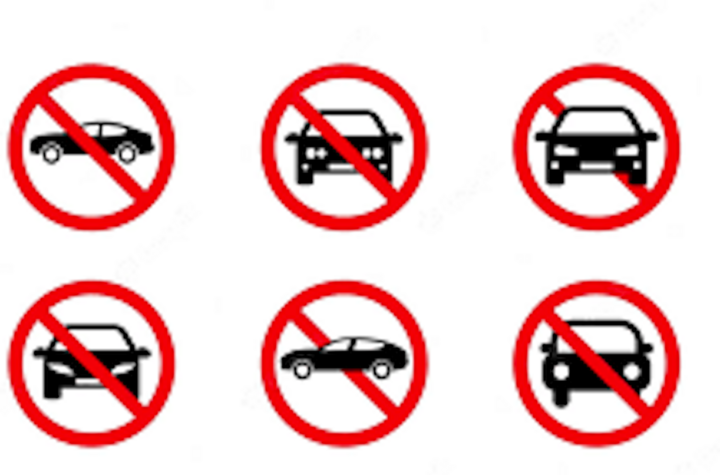
Road signs are divided into 5 basic groups. (Illustration photo)
Road signs are regulated in Clause 4, Article 10 of the 2008 Road Traffic Law, including:
a. Prohibition signs to indicate prohibitions;
b. Danger signs to warn of potentially dangerous situations;
c. Command signs to indicate commands to be executed;
d. Signs to indicate directions or things to know;
d. Additional signs to explain additional types of prohibition signs, danger signs, command signs and directional signs.
The meaning of each type of road sign according to the provisions of Article 15, Chapter 3, Part 2 of National Technical Regulation QCVN 41:2019/BGTVT on Road Signs is as follows:
- Prohibition signs are signs that indicate prohibitions that traffic participants must not violate. Prohibition signs are mainly circular, with a red border and a white background, with drawings, numbers, or black letters showing the prohibition, except in some special cases.
- Command signs are signs that indicate commands that must be followed. Road users must obey the commands on the signs (except for some special signs). The signs are circular on a blue background with a white drawing that represents the command to inform road users.
- The group of danger and warning signs is a group of signs that inform traffic participants of dangers on the road in advance so that they can proactively prevent them in time. The signs are mainly equilateral triangles, red borders, yellow backgrounds, and have black drawings describing the incident that needs to be signaled.
- The group of signs is a group of signs used to provide information and necessary instructions to traffic participants. Signs are mainly rectangular or square or arrow-shaped, with a blue background.
- The group of additional signs and signs written in words is a group of signs that supplement the content of the sign group in clauses 15.1, 15.2, 15.3, 15.4 of this Article or is used independently.
Source


![[Photo] General Secretary To Lam received the delegation attending the international conference on Vietnam studies](https://vphoto.vietnam.vn/thumb/1200x675/vietnam/resource/IMAGE/2025/10/26/1761456527874_a1-bnd-5260-7947-jpg.webp)


![[Photo] Enjoy the Liuyang Fireworks Festival in Hunan, China](https://vphoto.vietnam.vn/thumb/1200x675/vietnam/resource/IMAGE/2025/10/26/1761463428882_ndo_br_02-1-my-1-jpg.webp)
![[Photo] Nhan Dan Newspaper displays and solicits comments on the Draft Documents of the 14th National Party Congress](https://vphoto.vietnam.vn/thumb/1200x675/vietnam/resource/IMAGE/2025/10/26/1761470328996_ndo_br_bao-long-171-8916-jpg.webp)





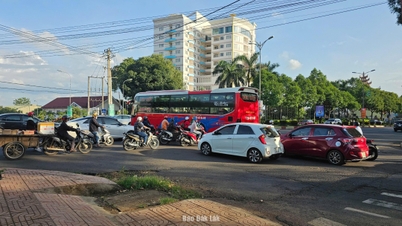




















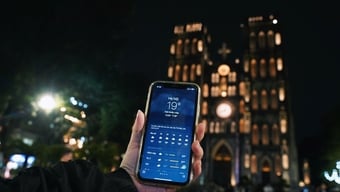







![[Photo] Prime Minister Pham Minh Chinh attends the opening of the 47th ASEAN Summit](https://vphoto.vietnam.vn/thumb/1200x675/vietnam/resource/IMAGE/2025/10/26/1761452925332_c2a-jpg.webp)














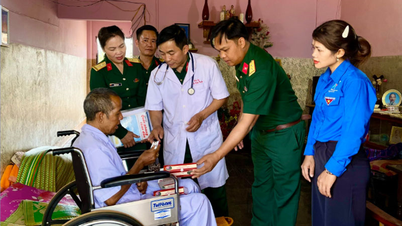










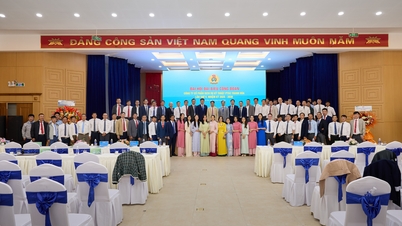




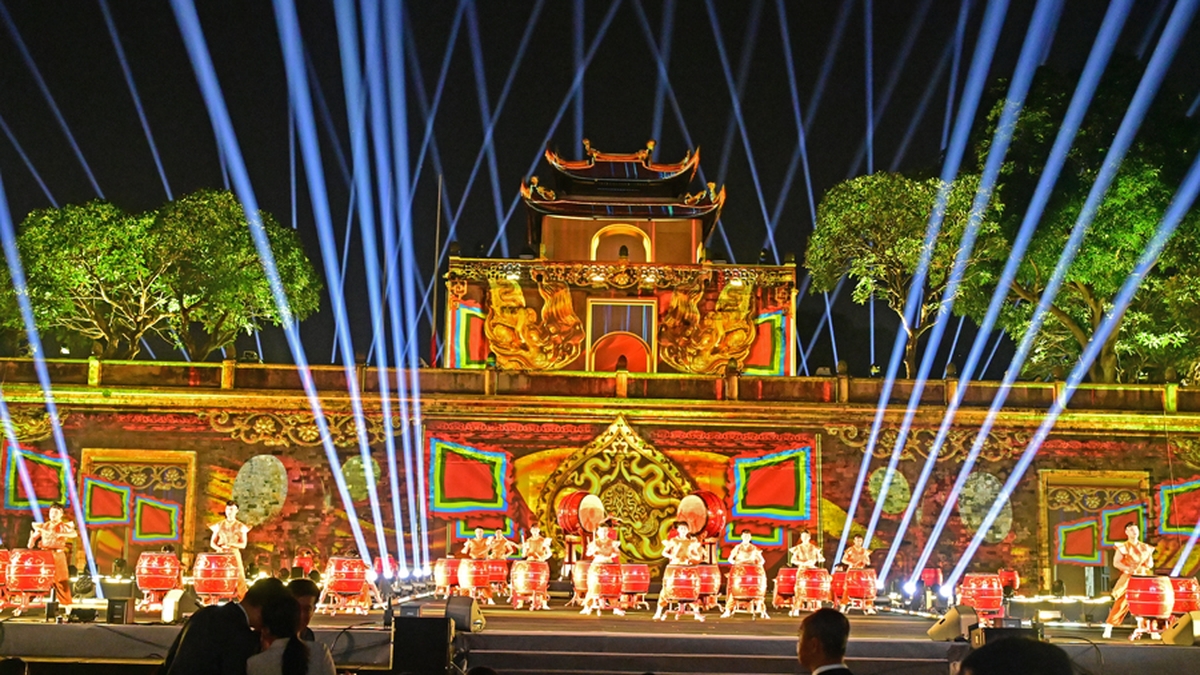
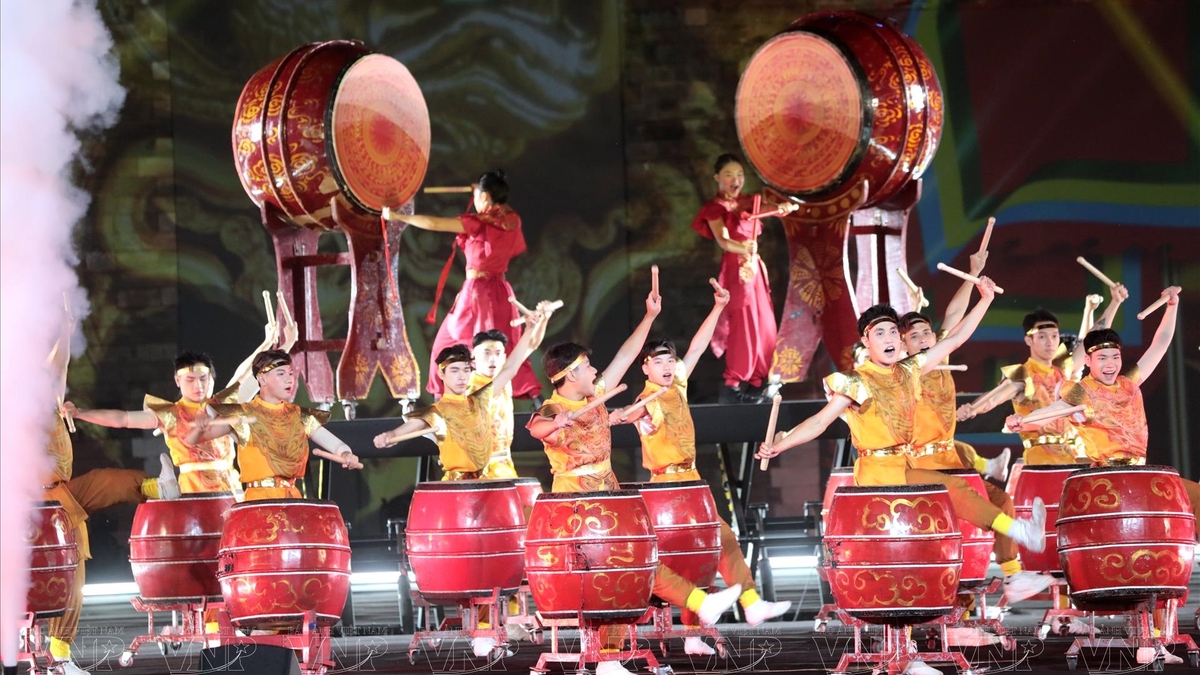
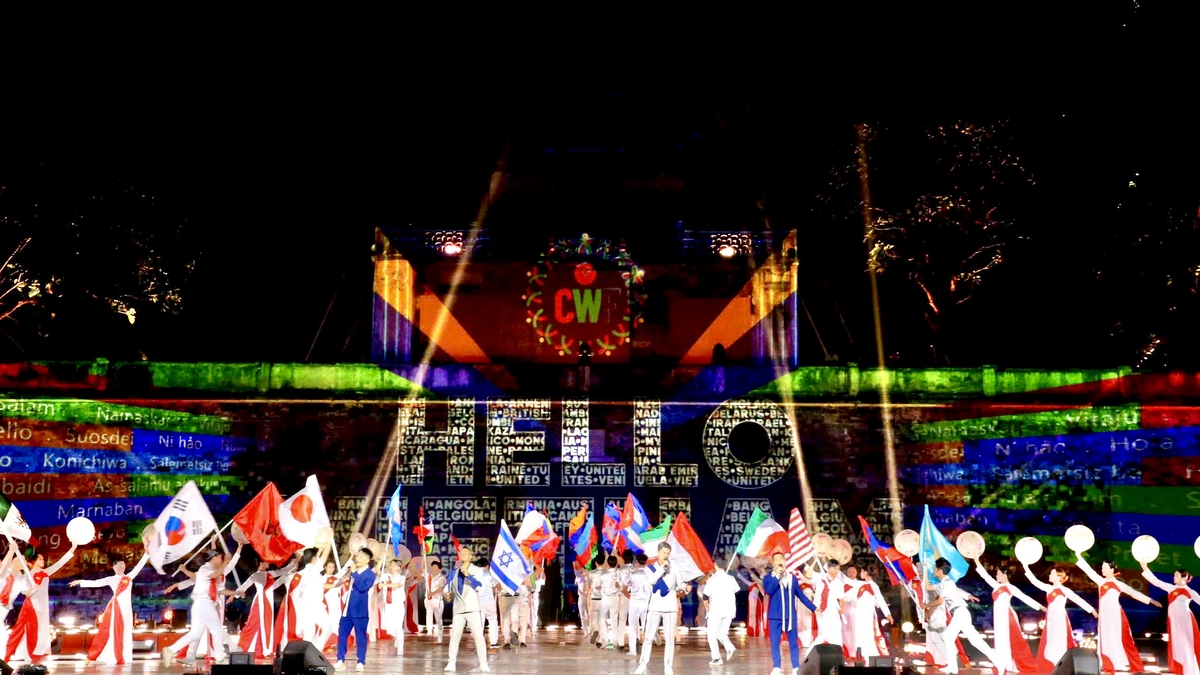








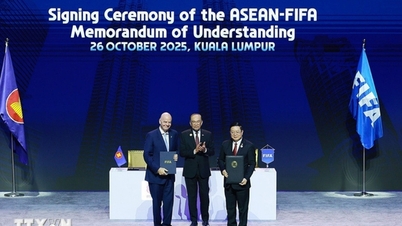










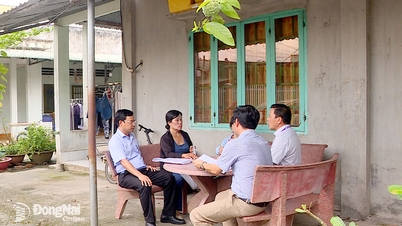
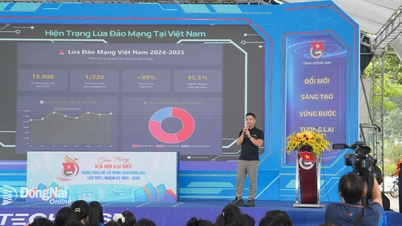


















Comment (0)